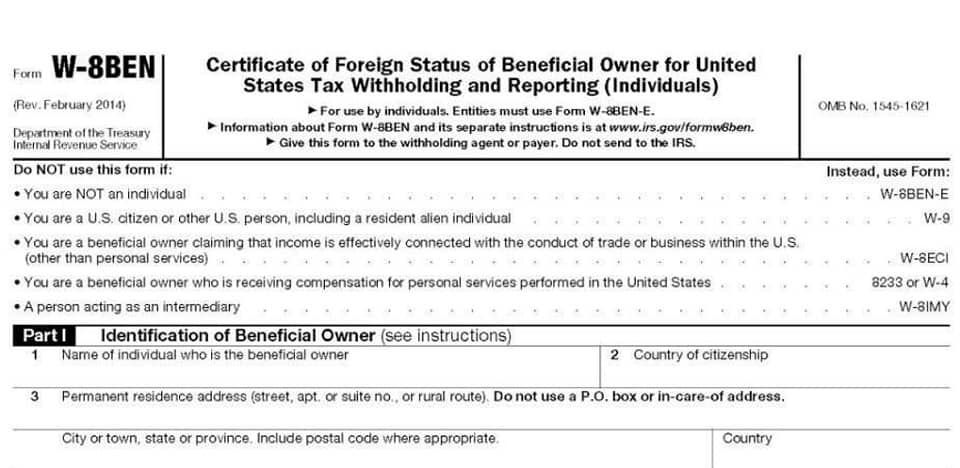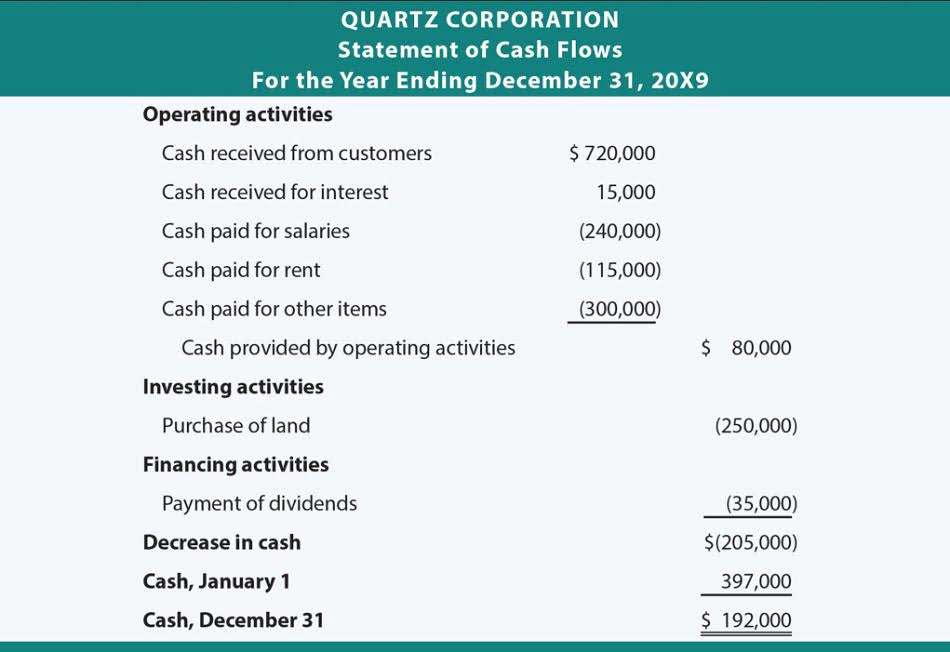
My Accounting Course is a world-class educational resource developed by experts to simplify accounting, finance, & investment analysis topics, so students and professionals can learn and propel their careers. Now that you’ve got a clearer understanding of the practical applications for net realizable value, let’s take a closer look at what these figures can tell you about your business. After all, how is sales tax calculated you can then use this information to action necessary changes that will take your company to the next level.
Example 1 – Calculating the NRV of an inventory asset

NRV is the valuation method which is adopted by the firms to ensure they price the assets properly. To calculate, the selling price of the asset is considered and then, the other costs incurred to achieve the sales is subtracted from it. These costs are disposale costs, including transport fees, taxes, etc. The first step of the process is determining your asset’s fair market value (FMV). Net Realizable Value is a helpful financial metric, giving insight into the expected sale price of an asset, minus costs.

What Are Some Examples of NRV Usage?

It includes various costs of products and processes for its production and preparation. This concept is also important to financial accounting in reporting inventory and accounts receivable on the balance sheet. Only assets that can be readily sold can be reported as inventory on a company’s balance sheet. If the inventory is obsolete or damaged, it will probably not sell and should be reported as a different asset. Going back to our car example, if the car was damaged and the dealership decided that it was still sellable, the dealership would report the car as inventory on its balance sheet at the NRV. If the car was too damaged to sell, the dealer would have to remove it from its inventory account.
- US GAAP does not permit a write-up of write-downs reported in a prior year, unlike international reporting standards, even if the net realizable value for inventory has been recovered.
- In either situation (high inflation or high unemployment), it may be more difficult for clients or businesses to find budget for additional goods to buy.
- With changes in market conditions and profit achieved with previous sales, sometimes target goals must be attainable.
- The company states that as part of its calculation of inventory, the company wrote-down $592 million.
- Discounted cash flow (DCF) is a valuation method used to estimate a company’s or investment’s intrinsic value…
What is net realizable value?

Be aware the NRV can be used for external reporting (inventory and accounts receivable) purposes as well as internal reporting (cost accounting) purposes. NRV is used to allocate previous joint costs to each of the products. This allows managers to calculate the total cost and assign a sale price to each product individually. It also allows managers to better plan and understand whether to stop production at the split-off point or if net realizable value it is more advantageous to continue processing the raw material. The ultimate goal of NRV is to recognize how much proceeds from the sale of inventory or receipt of accounts receivable will actually be received.
- In this blog, we will explain the concept of NRV, how to calculate it, and provide examples to illustrate its application.
- So use this powerful tool today and unlock greater profitability from your retail operations.
- It enables companies to assess the realistic value of their assets and liabilities, assisting in financial planning and reporting.
- The total production and selling costs are the expenses required to facilitate the trade.
- Even if the product is not trendy, various broad markets use products as substitutes or cheaper alternatives.
To ensure smart decision-making and take advantage of profitable ventures, individuals must stay informed about market changes that may affect net realizable value calculations. Ignoring this aspect could lead to missed opportunities or wrong investments based on inaccurate valuations. Net realizable value is essential for assessing a company’s fiscal health. Knowing the actual worth of their assets helps them decide on investments, budgeting, and future growth strategies. Analyzing net Legal E-Billing realizable value alongside other financial metrics such as cost of goods sold and gross profit margin gives retailers important insights into their business performance.
- Companies that prioritize customers with higher credit strength will have higher NRV.
- Historically, the concept of net realizable value has been used in various accounting standards across different jurisdictions to ensure accurate presentation of financial statements.
- For some companies, NRV is done annually or quarterly, sometimes when economic conditions require it.
- Costs related to selling these assets such as transportation or advertising are subtracted from their estimated selling prices.
- But for calculating the Net Realizable Value, IBM will have to identify the customers who can default on their payments.
- Expected costs minus the prep costs and production costs from the market value of the product obtain the NRV.
Net realizable value (NRV) in accounting is the estimated selling price of an asset in the ordinary course of business, minus any costs to complete and sell the asset. NRV provides a conservative estimate of an asset’s value, ensuring financial statements reflect realistic asset valuations. Net realizable value is an essential tool in accounting, ensuring that asset values are reported accurately and conservatively. By incorporating NRV, businesses can maintain compliance with accounting standards, make informed decisions, and provide stakeholders with a realistic view of their financial health. Despite its advantages, calculating NRV can be complex and time-consuming, requiring precise estimates and regular adjustments due to market fluctuations.

It’s used to calculate products in inventory and helps in cost accounting. With this article, businesses can understand what is net realizable value, its uses, advantages, disadvantages, and how it affects businesses. Now that you have access to both of the figures outlined above, it is time to deduce your selling cost or allowance for doubtful accounts from your expected selling price or FMV. By looking at customer behavior and market trends, retailers can estimate demand for their products. And by factoring in net realizable value, they can get a more realistic idea of expected revenue. Historically, the concept of net realizable value has been used in various accounting standards across different jurisdictions to ensure accurate presentation of financial statements.



